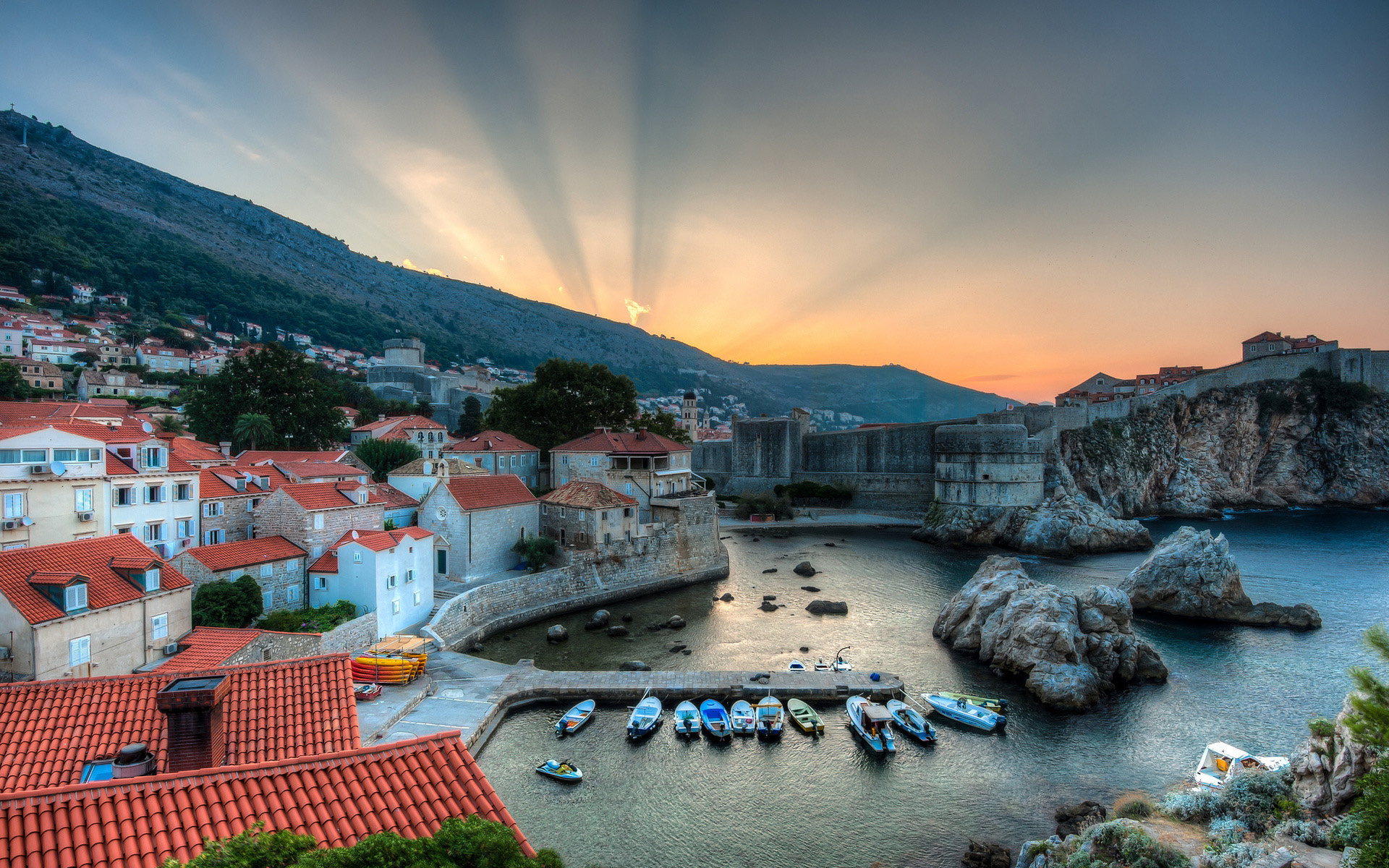The world is a big place, and the pursuit of its exploration has been the great thread that links all travelers across the both the history of our world and the expansion of its global community which now spans the globe. At Legendary Journeys we wish to take that thread and make a tapestry of experiences that any adventurer will remember for the rest of their days. From places of worship at the most holy of sites, to the viewing of the most beautiful paintings depicting unimaginable beauty, we are dedicated to bringing people to the place their heart desires most. Today we discuss Edinburgh, Scotland, one of the most beautiful cities in Great Britain!
Edinburgh Castle is a well-worn fortress which takes up a good deal of the skyline within the city due to its position on the Castle Rock. Researchers have traced the first settlements on the rock to the second century, although what kind of development these settlements had is unclear. The first time a royal castle at this site was in the 12th century, established during the reign of David I, and it was continually used as a royal residence until 1603. Research has shown that there have been at least 26 sieges on the castle in its long history, including conflicts in the Wars of Scottish Independence. It remains one of the most popular tourist attractions in Edinburgh to this day, with over 70% of visitors to the city stopping by this amazing castle.
Camera Obscura and World of Illusions is a major tourist attraction in the Old Town portion of Edinburgh. It is located in the Royal Mile, next to the above discussed Edinburgh Castle, and was founded in 1835. The tower has six floors of hands-on exhibits, all open to the public, which makes it the oldest attraction built for the simple sake of viewing in the city, and one of the oldest in the entire country. The top floor, where the Camera Obscura is located, is used to project a so called virtual tour of the city for visitors. The museum is dedicated to optical illusions, light, and even includes a vortex tunnel!
The Palace of Holyroodhouse is the official residence of the British monarch of Scotland. It has been used in the capacity of the principal residence of the Kings and Queens of Scots since the 16th century, and it also serves as a setting for official entertaining and state occasions. Queen Elizabeth spends a routine week every year in residence at the palace where she carries out a wide range of official ceremonies and engagements. The architecture of the palace is done in the Baroque style, and is noted as one of the most beautiful examples of the style in all of Scotland. The palace also features Roman Doric columns, which are carved with the Royal Arms of Scotland.
Edinburgh is one of the prettiest cities in all of Europe, if not the world. There is a wealth of attractions to be found in the city, and there is certainly something for everyone who wishes to visit this great city! Legendary Journeys is proud to take you there as part of our Best of Britain & London Transatlantic! For all of the information on this great trip, please click here.













